It’s heating up
This week: The perfect climate; For my next project; Full Moon Monday; Orchids;

Spring is over and summer is now here.
It’s lunch time and I’ve come in because outside the temperature is climbing past 28ºC on its way towards 30ºC.
With the sun comes the dry season, although we are still on the average for the amount of precipitation received at this point in the year.
I was out early this morning to water plants, including for one of my neighbours.
On the way back I picked fresh Sweet Cherries to have for breakfast.
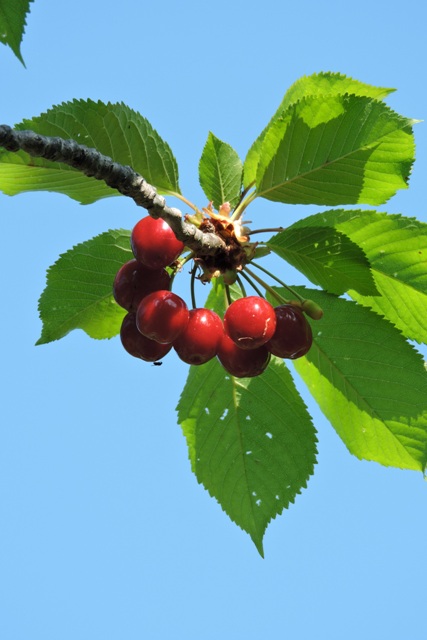
There are not many on the trees this year.
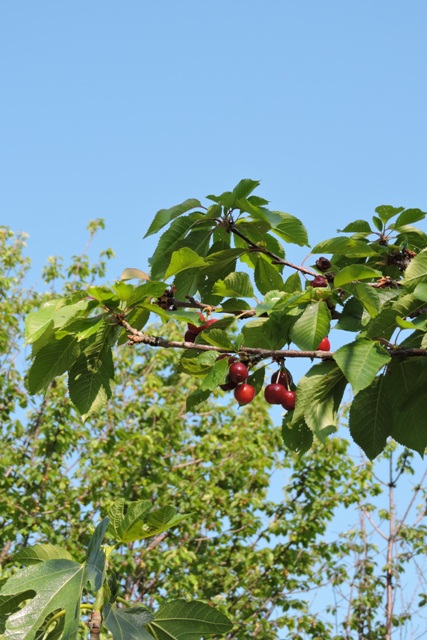
I think that the difficult summer we had last year and the drought stress the trees were under has affected them.
I passed the time of day with another neighbour who was carrying 10 litre water containers for some new olives he has planted. We may be in for another difficult summer….
The perfect climate
Is there somewhere that has the perfect climate?
I doubt it, because if there was, then everyone else would already be living there!
When we talk about the “climate” we generally mean the annual weather conditions, in a given area, which have been experienced over a long period of time.
I frequently talk about the ‘Mediterranean Climate’. This is defined as a “winters which are cool and wet and summers which are hot and dry”.
But the Mediterranean is a big place and not everywhere in the Mediterranean Basin has that climate.
There are the extremes, for example North Africa where there is little rain, but lots of heat and sand.
The Iberian Peninsula in the west is affected by the north Atlantic. This brings wet storm systems which the ocean generates.
In the east, the Levant bakes in summer, but is cold in winter. There was a sizable winter sports industry in the Lebanon before the country descended into chaos.
Where you find grapes, olives and figs growing side my side, that is the climate that we all think of as being the Mediterranean climate.
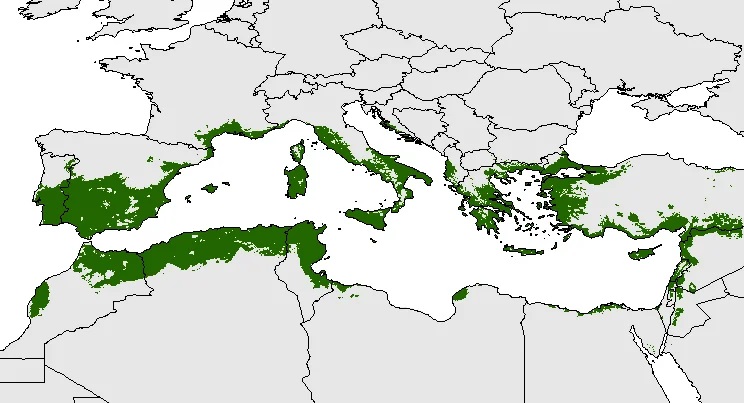
My extreme low temperature this past winter was on the 25th January, when the thermometer dipped to -3.2ºC. There were four other nights over the winter when the temperature was below freezing. Not cold by any stretch of the imagination.
Even so, the effects of climate change are being felt here in Dol. With less precipitation and increasing summer temperatures, there is less certainty about what each season holds.
For my next project
It seems that my project to build a feeding station for the feral cats was a success. This week I was asked for two more to be made.
This was a request I had anticipated when I ordered extra timber and bought the metal fittings.
I set too cutting all the various parts to size and running some through the thicknesser machine. However while I was cutting the wood, it seemed like a good time to cut some that I need for my next project.
All my windows have fly screens, to prevent both flies and mosquitoes coming into the rooms. The outside doors also have screens which I remove each autumn and have just refitted for the summer.
In the roof’s of the kitchen and dining room I have Velux double glazed tilting windows, but these have no fly protection.
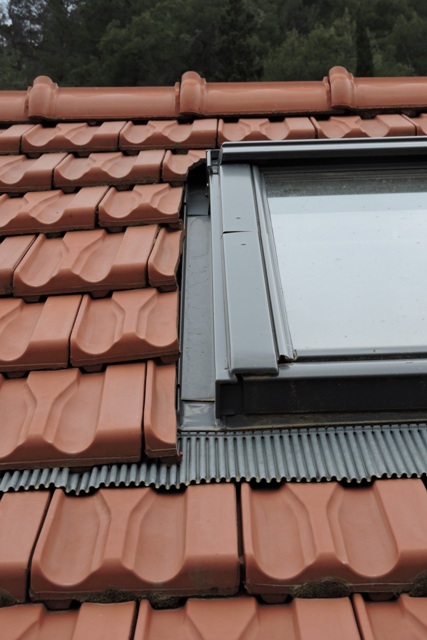
It meant that last year, during the heat of summer, the roof vents stayed firmly closed, when they could have been used for ventilation.
I have thought about making a screen to fit inside the windows. However that would mean that every time I open or adjust the window, I would need steps to remove and replace the screen.
There would also be the issue of debris being blown in and lodging on the screen.
So earlier this year I was up on the roof, measuring the outside opening of the Velux. From this I came up with a drawing of a frame to go completely over and all round the window.
This week I cut the rough timber I need to size and then constructed a frame.
One difficulty is that there is a change in the angle of the window frame towards the bottom. This meant that I had to trim the wood to fit.

Most unusually, when I purchased the wood I needed, I bought timber that was already warped, so that the amount of cutting required would be reduced.

Usually I buy only the straightest timber I can find.
I cleaned the glass and then did a trial installation. The frame is a perfect fit.
I need to get more insect netting next week because I don’t have enough in stock to cover the new frame.
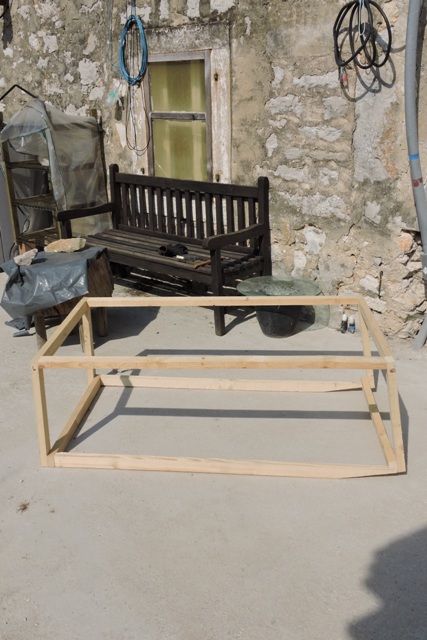
With one made, it will not take long to make another two to the same pattern.
Full Moon Monday
Depending where you are in the world, (and the weather!) you may be able to see a total eclipse of the moon overnight Sunday night, into Monday morning.
Totality will be visible from the Levant to the far west of North America.
Totality is when the moon is completely covered by the shadow of the earth and it turns a dusky red colour.

The moon will start to enter the earth’s shadow at 22:17 UTC. With totality lasting for almost an hour and a half from 03:29 UTC to 04:53 UTC you may be able to see it.
UTC – Universal temps coordonné, sometimes called Zulu time – can be converted to your local time zone by clicking on this link: https://savvytime.com/converter/utc
If you are east of the prime meridian, add hours to the times I have given. If you are west then subtract hours, or let the website do the hard work for you.
Total lunar eclipse occur between two and five times every year, but they are only visible in certain parts of the world, and you need a clear sky to be able to see the moon.
Orchids
On Sunday morning, I was walking again with the felines when I came across some orchids.
The Go Hvar Wildflowers web page lists eight different types of orchid on the island, many which can be seen in the area around Dol.
One of my Mediterranean plant books lists more than 50 different species which can be found across the Mediterranean Basin. However only a few are in this climate zone.
I took some photographs and came home to try and identify what they are. There are just six stalks, in two groups of three.

It wasn’t difficult. These are Violet Birds Nest Orchids, Limodorum abortivum, also known as the Violet Limodore.
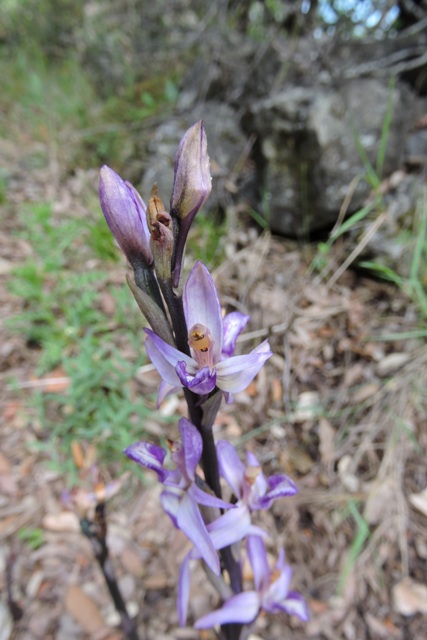
They are extremely well camouflaged, growing alongside one of the paths. You really have to be looking to see them.
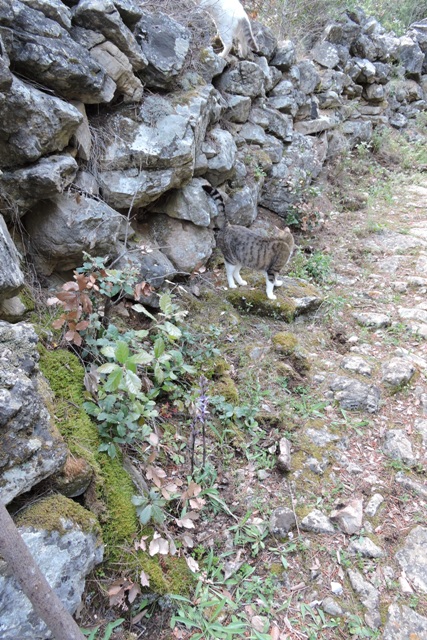
The plant is unusual because it has no leaves. They have been reduced to scales on the stem.
It also has a very large seed for an orchid. Once it falls, the seed will remain underground for between five and eight years before sprouting and flowering just once.
They are specialists. The orchid grow only on poor limestone soils, where there are stands of pine or oak trees very close by. This is thought to be because of the symbiotic relationship the orchid has with mycelium fungi found under the trees.
I have been back a couple of times and all six are still there, so I will be keeping my eye on them.
There are at least three other kinds of orchid that I have found in the Maquis close to my home. However I have not seen any of them for the last four years.
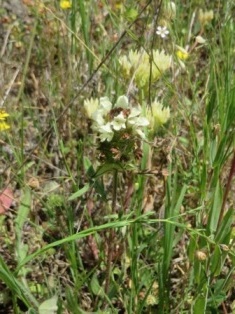
Unlike other plants, orchids tend to be short lived, so if I have not been on a certain route, exactly when they have been in flower, I may have missed them.

It is really nice to be able to walk out of my gate and find such unusual plants so close to home. NCG
One Response
Marcy Fletchall
Great article. Yes climate change is alive and thriving. Plants are so beautiful and your frame was clever. As always thanks for sharing.